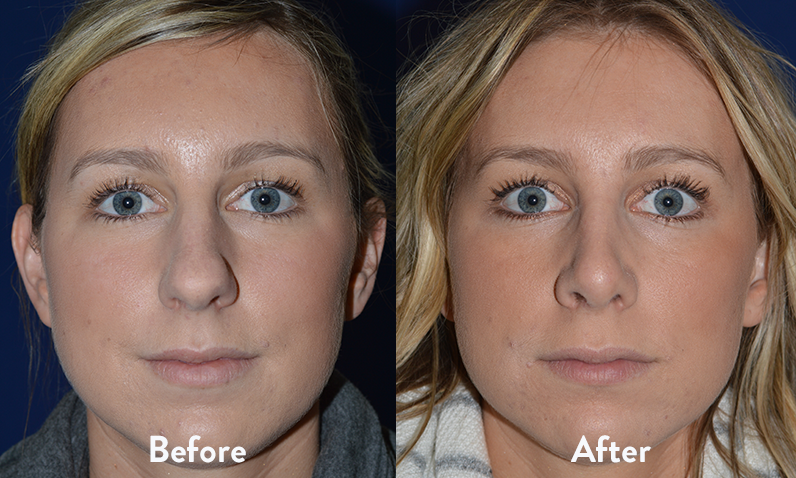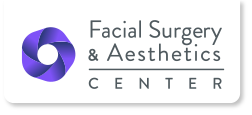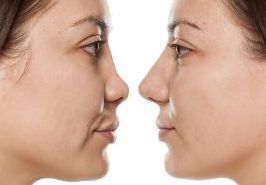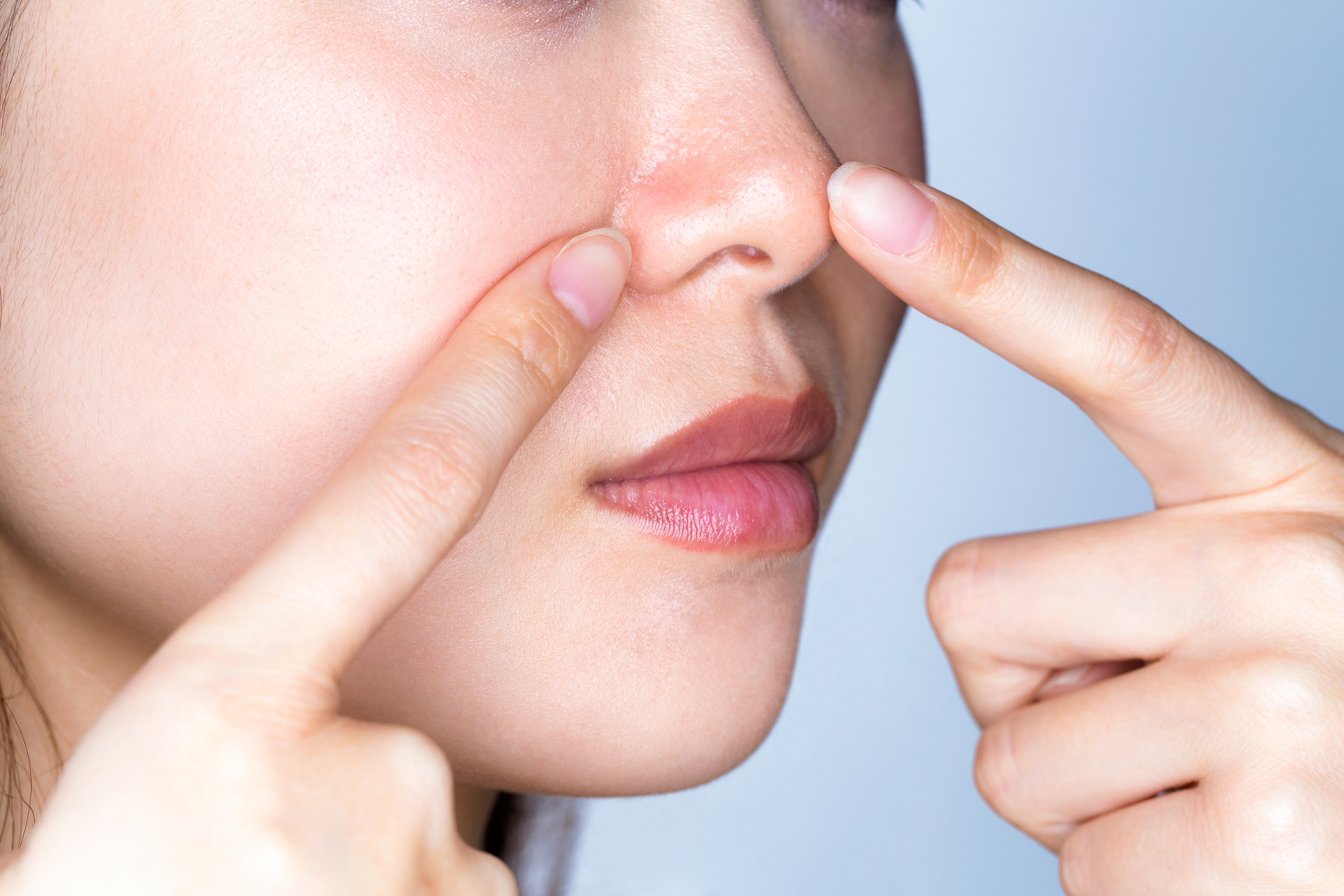Rhinoplasty is the most common type of plastic surgery performed for teenagers. The procedure enhances the appearance of the nose and better aligns it with the rest of the patient’s facial features. Physical appearance plays a key role in teenage confidence, but a rhinoplasty procedure should only be considered if the teen is emotionally mature and has thoroughly discussed this change with their family.
The Facial Surgery & Aesthetics Center in Denver specializes in rhinoplasty procedures. Our teen nose jobs are performed by Dr. Menachof, a renowned facial plastic surgeon.
 Should a Teenager Get a Rhinoplasty?
Should a Teenager Get a Rhinoplasty?
Noses typically do not finish developing until the mid-teen years — usually around 14-15 for girls and 16-17 for boys. Rhinoplasties should only be performed after nose growth ends, and an experienced surgeon will be able to tell. If a rhinoplasty is performed before the nose is done growing, the nose could end up appearing asymmetrical or unnatural, which could necessitate a revision rhinoplasty in the future.
A nose job can improve a teen’s facial appearance or can fix structural defects. After the nasal anatomy has fully developed, the prospective patient may have experienced internal issues with the nose, such a deviated septum. A deviated or perforated septum can cause snoring, difficulty breathing, and nasal congestion. External physical abnormalities will also be present by the mid-teens. These types of external issues include a bump on the bridge, disproportional size of nose or nostrils, crookedness, or a drooping nasal tip.
When is Teen Rhinoplasty an Option
Even if a teenager’s nose is finished developing, a rhinoplasty should only be performed if the patient has the emotional maturity to handle facial surgery. If the teen recently started vocalizing their desire for a nose job, the desire for a nose job has likely not been thought through substantially. Similarly, if the teen has a new friend group or recently started at a new school, the desire for a nose job may be coming from social pressure from peers. In these situations, a rhinoplasty is likely impulsive and your surgeon should not consent to the procedure.
Before a nose job, teens and their guardians should talk extensively with the surgeon about the benefits and risks of the procedure. Risks and damages can be permanent and non-permanent, including:
- Numbness
- Nosebleeds
- Scarring
- Blood vessel bursting
- Swelling
- Nerve damage
- Revision rhinoplasty
Teenage rhinoplasty is a big decision – Dr. Menachof offers in-depth patient evaluation to address nasal needs. He makes sure that your teenager is mature enough to handle the procedure, is completing the procedure for the right reasons, and has realistic expectations about the rhinoplasty results.
Teenage Rhinoplasty Before & After
Always review before and after photos and ask good questions before choosing a rhinoplasty surgeon for a teen nose job.

Teenage Rhinoplasty Procedure
Rhinoplasty is an outpatient procedure, meaning the patient can go home after the rhinoplasty is complete. The nose consists of five pieces of cartilage, four separate bones, multiple ligaments, muscular attachments, varying skin thickness and soft tissue collections. During the rhinoplasty procedure the surgeon will shape, size and configure all of these components to create a smooth and natural result.
The location of the incision depends on the area that the patient would like to change, previously discussed between the patient and surgeon. If the surgeon performs a closed technique, the incisions will be made inside of the nostrils. If the surgeon performs an open technique, the incisions will be made at the base of the nose between the nostrils. Here are the steps to the typical teen nose job:
- The patient is given general anesthesia.
- Incisions are made in the patient’s nose. After the incision has been made, the skin covering the nasal bones and cartilage will be raised.
- Cartilage or bone is removed, reshaped or added to an area of the nose. The septum or middle part of the nose will be straightened or repaired if needed to fix the function of the nose.
- When the nose is properly shaped and structured, the nasal skin is lowered, and the incisions are closed.
- If the surgeon thinks a nose cast is necessary, he or she will place one on the patient’s nose for additional healing support.
The length of a teen rhinoplasty procedure depends on the purpose and area of concern, but typically takes about two to two-and-a-half hours. Talk to your surgeon about your specific desired teenage rhinoplasty procedural details.
The Recovery Process
Teenagers should understand the recovery time needed post-surgery, and that it varies by patient. There is a minimum one-and-a-half to two-week healing period after the procedure, where the patient may experience swelling, bruising and discomfort, causing the patient to miss school and other activities. If this is a concern, you may want to schedule the rhinoplasty for a summer or winter break. During the first few days following the surgery, the patient should rest in an upright position to limit swelling and speed up the healing process. Typically, rhinoplasty patients should not participate in contact sports or P.E. class for six to eight weeks after the procedure. Patients generally see the full rhinoplasty results within two years of surgery.
During the healing process, schedule regular appointments with your surgeon to ensure that your recovery stays on track. The patient must also have a realistic expectation for his or her rhinoplasty — the procedure will not solve all of the struggles of teenage years. Pre-surgery computer facial modeling can help the patient understand how his or her appearance will be altered. Rhinoplasties are permanent, so there is no harm in waiting for the patient to mature emotionally.
Teenage Rhinoplasty Cost
The cost of teen nose jobs varies on the procedure and the plastic surgeon. Rhinoplasties can vary between $3,000 and $15,000. During your initial consultation, you can discuss pricing for your specific rhinoplasty needs with your surgeon. Each procedure is customized for the patient, so cost will be unique for your procedure as well.
Cosmetic rhinoplasty is not covered by insurance, but rhinoplasty to correct a breathing issue or nose after an injury is typically covered by insurance.
Types of Rhinoplasty
There are many different types of rhinoplasties. Some procedures can help accomplish aesthetic goals while others are performed for medical reasons. Here are a few examples of the different types of teen rhinoplasty procedures:
- Wide nose rhinoplasty – this procedure makes the nose thinner.
- Nasal tip rotation – this procedure heightens and reshapes a droopy nose tip
- Ski slope nose rhinoplasty – this procedure flattens out a rounded nasal tip
- Dorsal hump reduction – this procedure reduces the hump on the bridge of the nose
- Alar base reduction – this procedure narrows the width of the nostril base
- Flared nostrils rhinoplasty – this procedure lessens the nostril flare
- Columelloplasty – this procedure raises the hanging columella
- Bulbous tip rhinoplasty – this procedure refines the nasal tip
- Tip plasty – this procedure adjusts the angle of the nasal tip
- Other rhinoplasty procedures correct the nose after an injury or open up breathing passages.
Consult an experienced surgeon to determine which of these procedures are right for you.
Why Choose Dr. Menachof for Teen Rhinoplasty?
Dr. Menachof has refined and perfected the techniques he has used in over 4,000 rhinoplasty procedures throughout his career. He will take the time to talk with you and your teen about your specific rhinoplasty needs and make sure that this procedure is right for your teen. Dr. Menachof will align his procedure with your nasal and facial goals, ensuring that your surgery will result in an attractive, smooth, and natural-looking nose.
There are multiple rhinoplasty options for teens, but it’s important to consider that the results of a rhinoplasty are long-term. If you are considering a teen rhinoplasty, make sure that your nose is completely developed, that you are emotionally ready for the procedure and that you are getting a teen nose job for the right reasons. Contact the Denver Facial Surgery & Aesthetics center for a consultation to discuss the goals for your nose.
This blog was originally posted in December 2018 and has been reposted in 2021 with updated information.




